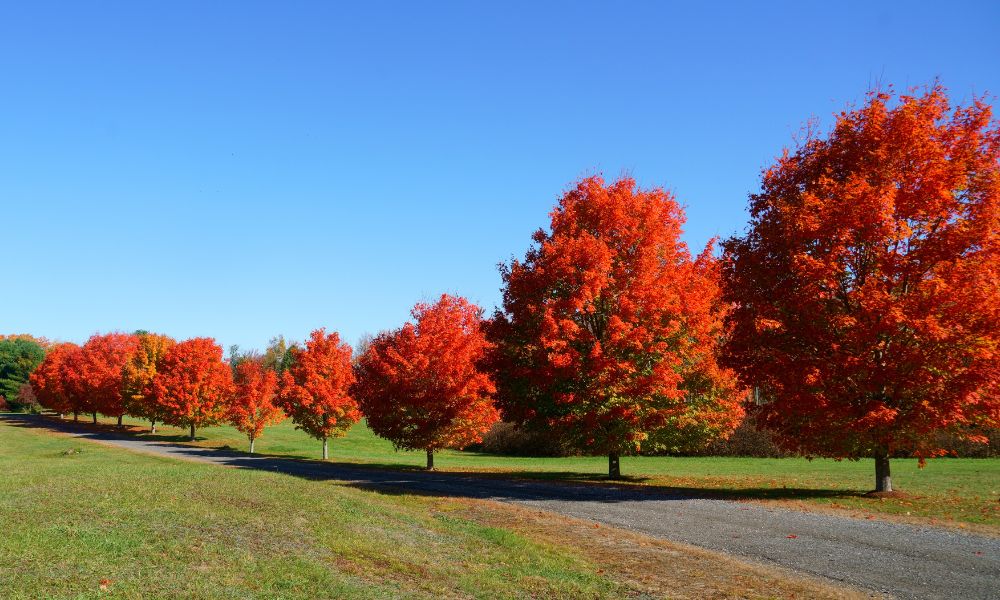Commercial landscaping is a key element in creating a welcoming environment for businesses. Trees play a significant role in shaping a property’s exterior appeal, providing numerous benefits that range from aesthetics to environmental impact. Choosing the right species can separate your commercial space, contributing to a positive image and a more pleasant atmosphere for clients and employees. Here’s an overview of the top tree species for commercial landscaping.
Benefits of Trees in Commercial Landscaping
Trees can offer a multitude of benefits that go beyond their visual appeal when incorporated thoughtfully. They help reduce environmental noise, filter air pollutants, and contribute to a healthier, more comfortable environment. Trees add natural grandeur and a sense of tranquility to any space. They soften the harsh lines of urban architecture, creating a more inviting setting for prospective customers and employees.
Trees act as carbon sinks, mitigating the effects of climate change and providing shade, reducing the urban heat island effect. The canopy filters sunlight and dust particles, improving air quality and reducing the strain on HVAC systems.
Top Tree Species for Commercial Landscaping
Considering their size, growth rate, and maintenance needs is important when selecting trees for commercial properties. Here are three tree species renowned for their suitability in commercial landscapes:
- Red Maple (Acer rubrum)
The Red Maple is a popular choice for its stunning red foliage in the fall, which adds seasonal interest to a landscape. It’s a hardy tree that can withstand urban conditions and grows quickly, making it an excellent choice for rapidly transforming a site. Ensure it has adequate space, as it can grow from 40 to 60 feet wide.
- London Plane (Platanus x acerifolia)
The London Plane is a hybrid that combines the best traits of its parent species—fast growth, large size, interesting mottled bark, and high tolerance for urban pollution. Its expansive canopy provides ample shade, ideal for large open areas.
- Littleleaf Linden (Tilia cordata)
The Littleleaf Linden is a beautiful, pyramid-shaped tree with heart-shaped leaves and fragrant flowers that attract bees in the summer. It grows well in various soil conditions and is relatively easy to maintain, requiring only occasional pruning to maintain its shape.
Factors To Consider in Tree Selection
Choosing the right tree species for your commercial property requires you to consider several factors. These include climate suitability, growth characteristics, and maintenance requirements. While aesthetics are important, it’s equally crucial to select trees that can thrive in your specific location and fit within the constraints of your property.
Select trees that are native or well-adapted to your local climate. Doing so will ensure they have a better chance of survival and will require less watering and maintenance in the long run. Also, consider how tall and wide a tree species will grow at maturity. This information will help you avoid planting too close to buildings, power lines, or other trees, which could lead to future maintenance headaches.
By having an overview of the top tree species for commercial landscaping, property owners can create a stunning and sustainable landscape that serves their business needs for years to come. Contact Watts Tree Service today to learn more about our commercial and residential tree trimming services. We can help you keep your trees healthy and looking their best.
Last modified: April 25, 2025

